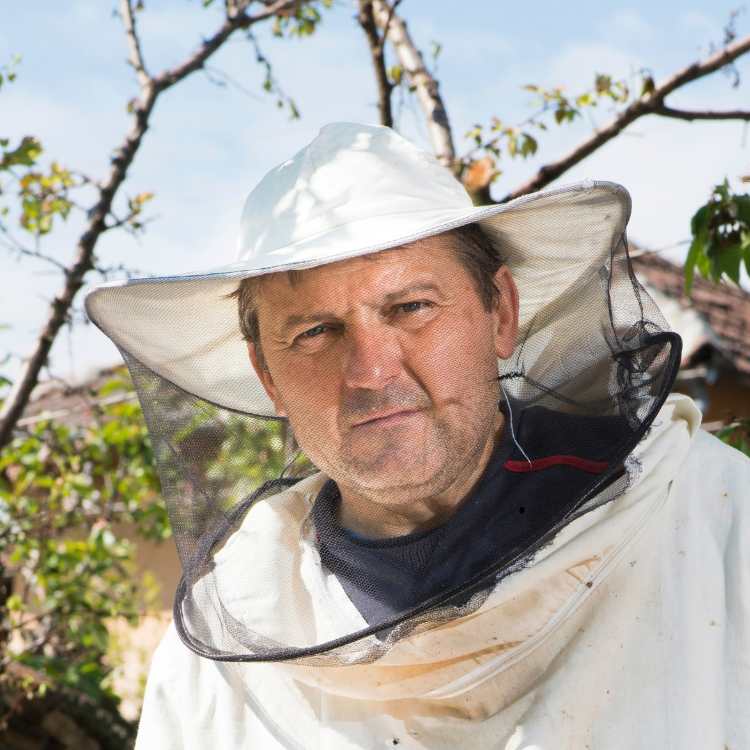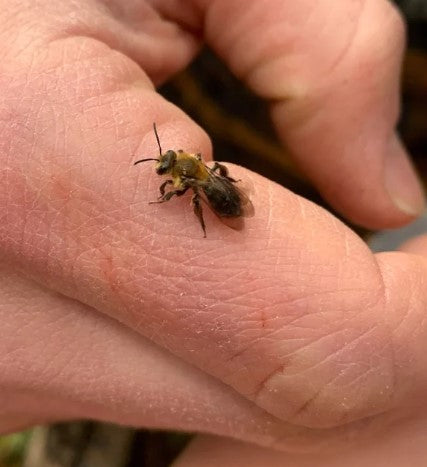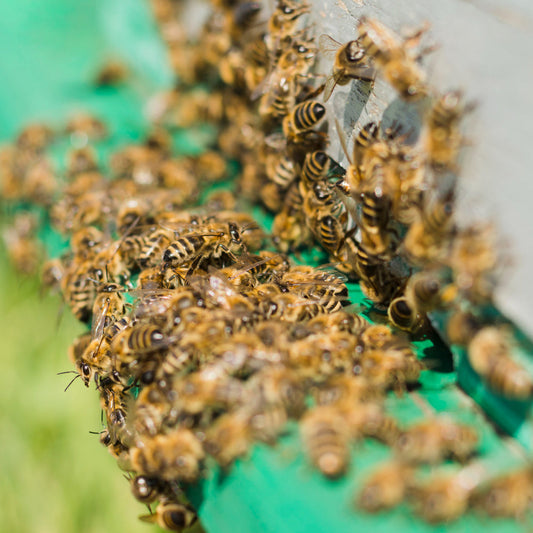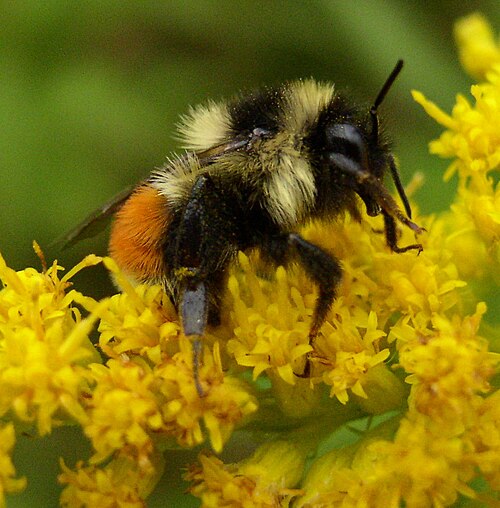Beekeeping is a fun and rewarding job that helps support nature and healthy bee populations. To work with bees safely, you need the right gear. One of the most important items is a good beekeeping suit.
The best beekeeping suit guards against stings and makes it easy for you to stay cool-headed while checking your hives. It also makes sure you feel good even if you'll be wearing it for a long time.
With the number of choices available, you may ask how to choose the best beekeeping suit. In the guide, we will show you the main things to consider, including the material, fit, and useful features of the best beekeeping suit.
Material of the Suit
The material of your beekeeping suit is a matter because it keeps you safe and comfortable. The main categories of material used are three in number. A cotton suit will be relatively more robust with better airflow properties; however, it tends to weigh a little more.
Polyester or synthetic mix suits are relatively lightweight and do not wear off very quickly. While they don't breathe like a cotton mix might, it's easier to clean. Ventilated suits have mesh layers that allow air in but keep bees out. This makes them more suitable for hot climates. Materials must work with the climate and level of comfort required for your location.
Full Suit or Separate Parts
You can have a full-body suit or wear separate pieces, such as a jacket and pants. A full-body suit will cover you completely from head to toe. It is a good option for new beekeepers or for those who have to work with more aggressive bees. A jacket and pants are ideal for an experienced beekeeper working with less aggressive bees. It's easier to put on and will allow you more freedom of movement. Consider how much protection you will need to feel comfortable.
Types of Veils
The veil covers the head and the face to protect them from stings and allows seeing clearly. There are three major types: the round veil gives you the best view and keeps all the netting away from the face, and the fencing veil includes a screen across the front. It fits well around the head. The square veil gives quite good protection, but it often feels heavy. Try out different veils to see which one feels best and provides clear visibility.
Fit and Size
The best beekeeping suit should fit well. If it's too tight, there could be gaps that let bees in. If it's too loose, it can feel heavy and get in the way. Measure your chest, waist, and height, and check the sizing guide from the seller. Choose a size that leaves space for light clothes underneath. Make sure you can stretch and bend easily when wearing the suit. A well-fitting suit will keep you safe and comfortable.

Female beekeeper wearing a beekeeping suit
Zippers and Seams
Good zippers and seams keep the bees out. Choose strong, smooth zippers that don't stick. Double zipper at the veil adds extra safety. Strong stitches do not easily tear especially in shoulders and knees. This means that your suit will last long and offer greater protection.
Elastic and Closures
The wrists, ankles, and waist have stretchy or strong bands on your suit that will prevent the bees from going inside. These bands keep your suit tight around the openings. Some suits are made with loops for your thumbs and feet. The sleeves and legs are therefore held in place as you work. They help to keep you covered while doing your work.
Breathability and Comfort
Working with bees can be hot and tiring, so a breathable suit helps you stay comfortable. Ventilated suits have mesh layers that allow air to flow through, making them good for hot weather. Cotton suits are strong and comfortable but may not let air in as well. If you like cotton, look for suits with built-in vents. Choose a suit that feels comfortable for long working hours.
Suit Weight
The weight of the suit affects your comfort. Lightweight suits are easy to wear and move in but may offer less protection. Heavier suits provide more protection but can be bulkier. A person chooses a suit weight that will fit the needs of their work as well as the individual comfort level.
Cost
The suits cost differently. While cheap suits may be economical in the short run, a good suit will likely be used longer and will give you more protection. Basic suits are great for beginners or those who want a low-cost alternative. More expensive suits will likely give you things like ventilation, heavy-duty zippers, and better protection. Spending your money on a good suit may just save you in the long run.

Bees buzzing near a beekeeper in full suit
Extra Features
Helpful extras Some suits have very helpful extras. Pockets can help carry the tools like hive tools and brushes. Removable veils make cleaning and changing parts easier. Some suits are machine washable, which means that cleaning after a long day of work becomes much easier. Choose features that make your work easier and more efficient.
Reviews and Suggestions
You can also look at reviews from other beekeepers to understand how comfortable and durable a suit is. You can also ask skilled beekeepers for suggestions. Their opinions can provide useful information. Reviews often point out common problems or celebrate special features that can help you decide.
Final Thoughts
The best beekeeping suit is crucial for safety and comfort. It really depends on the material, fit, or features that matter to you. For a beginner or an experienced beekeeper, the best beekeeping suit can make beekeeping enjoyable and stress-free.
Fascinated by bees and beekeeping? Check out our other blogs here.





